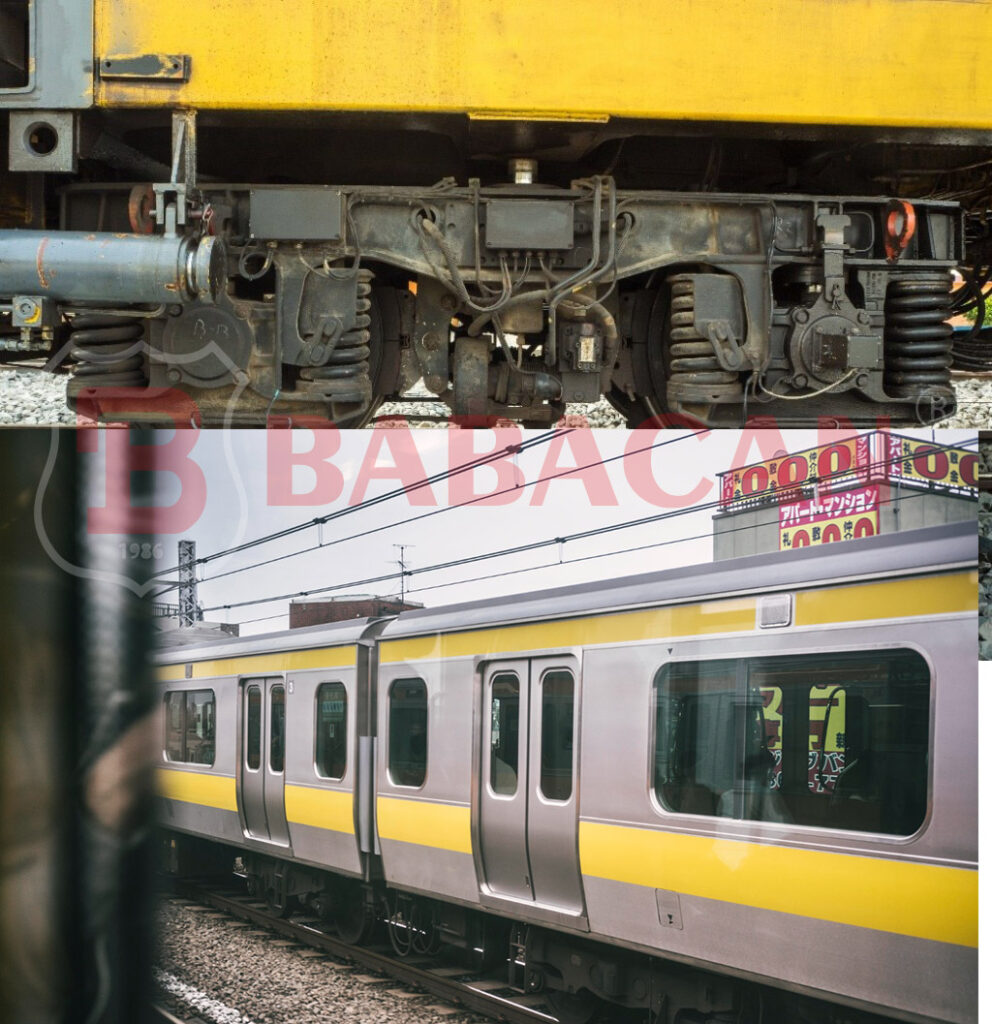Primary Suspension – Critical Component for Ride Quality in Rail and Heavy Machinery
The primary suspension is one of the most vital components in rail vehicles and heavy industrial machinery. It acts as the first line of defense between the vehicle body and the wheelset, playing a key role in ensuring ride comfort, vibration damping, and structural stability. Without an effective primary suspension system, dynamic loads would transfer directly to the chassis, leading to increased wear, mechanical failure, and discomfort for passengers or operators.
 What is a Primary Suspension System?
What is a Primary Suspension System?
A primary suspension system is a combination of mechanical and elastomeric components that absorb vibrations and shocks between the wheelset (axle or bogie) and the vehicle frame. It cushions both vertical and lateral forces, isolating the main structure from irregularities on the track or terrain. Typically, it includes:
- Rubber-metal bushings
- Chevron springs
- Rubber mounts
- Coil or air springs (in some designs)
 Where is Primary Suspension Used?
Where is Primary Suspension Used?
While most commonly found in railway vehicles, primary suspension components are also widely used in:
- Locomotives and metro trains
- Trams and light rail vehicles
- Off-road construction vehicles
- Mining and quarry transport systems
- Military and defense-grade heavy-duty platforms
Their performance directly affects vehicle safety, durability of parts, and operational efficiency.

 Key Features of Rubber-Based Primary Suspension
Key Features of Rubber-Based Primary Suspension
- Superior vibration absorption for smoother ride
- Reduced maintenance costs due to longer service life
- Corrosion resistance in extreme weather or chemical exposure
- Noise isolation improving cabin comfort
- Lightweight and flexible design options for modern rolling stock
 Material & Design Options
Material & Design Options
At Babacan Rubber, we manufacture custom primary suspension systems using high-quality rubber and polyurethane. Our products are tested according to EN 45545-2 (fire safety) and meet railway mechanical load standards. Designs can be tailored to customer needs, including:
- Durometer hardness (Shore A)
- Static and dynamic stiffness levels
- Oil, ozone, or flame-resistant material grades
 Frequently Asked Questions – Primary Suspension
Frequently Asked Questions – Primary Suspension
Primary suspension connects the wheelset to the vehicle frame, absorbing track irregularities. Secondary suspension connects the bogie to the vehicle body and provides additional damping for passenger comfort. Both systems work together to stabilize rail vehicles.
In many cases, yes. Rubber and polyurethane components are ideal for damping and isolation. They also offer corrosion resistance and are maintenance-free compared to metallic alternatives.
Absolutely. Our products are tested to meet EN 45545-2 fire safety standards and meet or exceed mechanical requirements for railway use, ensuring safe and compliant operation worldwide.
Yes. We provide tailored engineering services to develop primary suspension parts according to your specific load, size, and environment requirements.
 Contact Us
Contact Us
Looking to upgrade or source high-performance primary suspension components for your project? Contact our engineering team for specifications and lead times.
-
- Email: satis@babacankaucuk.com
- Phone: +90 312 385 49 10
Babacan Rubber – Leading the way in vibration control and suspension technology.
Whatsapp Help’